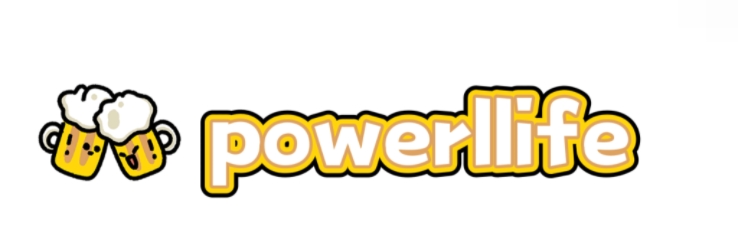Advantages and Disadvantages of Mdf
MDF, or Medium Density Fibreboard, has become a prominent choice in various applications, particularly in the furniture and construction industries. This engineered wood product is made from wood fibers that are bonded together with adhesives under heat and pressure. The result is a uniform, sturdy material that poses several advantages and disadvantages, which are essential to consider when deciding whether it is the right choice for your projects.
Are you interested in learning more about Advantages and Disadvantages of Mdf? Contact us today to secure an expert consultation!
One of the primary advantages of MDF is its versatility. It can be easily cut, drilled, and shaped, allowing for intricate designs that solid wood may not accommodate as easily. This makes MDF an ideal choice for crafted furniture, decorative moldings, and cabinetry, enhancing the aesthetic appeal of any space. Furthermore, MDF's smooth surface is perfect for painting and veneering, providing a flawless finish that can mimic the look of natural wood without the high price tag.
Another significant benefit of using MDF is its cost-effectiveness. Compared to solid wood, MDF tends to be more affordable, making it a great option for those on a budget. Its availability in diverse thicknesses and sizes allows users to customize based on project needs, further adding to its value. Additionally, MDF is often engineered to be more stable than traditional wood, minimizing the risk of warping or cracking over time.
However, MDF does have its drawbacks. One of the primary concerns is its susceptibility to moisture. Although some varieties are moisture-resistant, prolonged exposure to high humidity can cause it to swell and lose structural integrity. This makes it less suitable for areas prone to moisture, such as bathrooms or basements, where traditional wood or other materials might perform better.
Moreover, while MDF is generally safe for indoor use, it can release formaldehyde, especially if not properly sealed. This substance can be harmful when inhaled, raising health concerns for some users. Therefore, proper ventilation during installation and use is essential to mitigate potential risks associated with this material.
When discussing user experiences, many individuals have appreciated the ease of working with MDF. Hobbyists and professionals alike often commend how straightforward it is to achieve precise cuts and smooth finishes, resulting in a polished final product. Such ease of manipulation makes it a preferred choice for DIY projects, as well as professional furniture manufacturing.
In terms of pricing, MDF typically ranges from $30 to $80 per sheet, depending on thickness and quality. This pricing strategy positions MDF as a budget-friendly alternative to hardwood, especially for consumers looking to create custom furniture or home improvements without breaking the bank.
When weighing the advantages and disadvantages of MDF, it is evident that while it offers affordability, versatility, and ease of use, the potential for moisture damage and health concerns cannot be overlooked. Proper preparation and sealing can enhance its durability and safety, allowing users to enjoy its benefits with fewer drawbacks.
In conclusion, understanding the various attributes of MDF, including its functionality, user experiences, pricing, and potential issues, can greatly aid in making informed decisions. Those contemplating its use should carefully consider their specific applications to maximize the advantages of this popular engineered wood product while being mindful of its limitations.
If you want to learn more, please visit our website Upholstered Chairs Advantages.
None

Comments